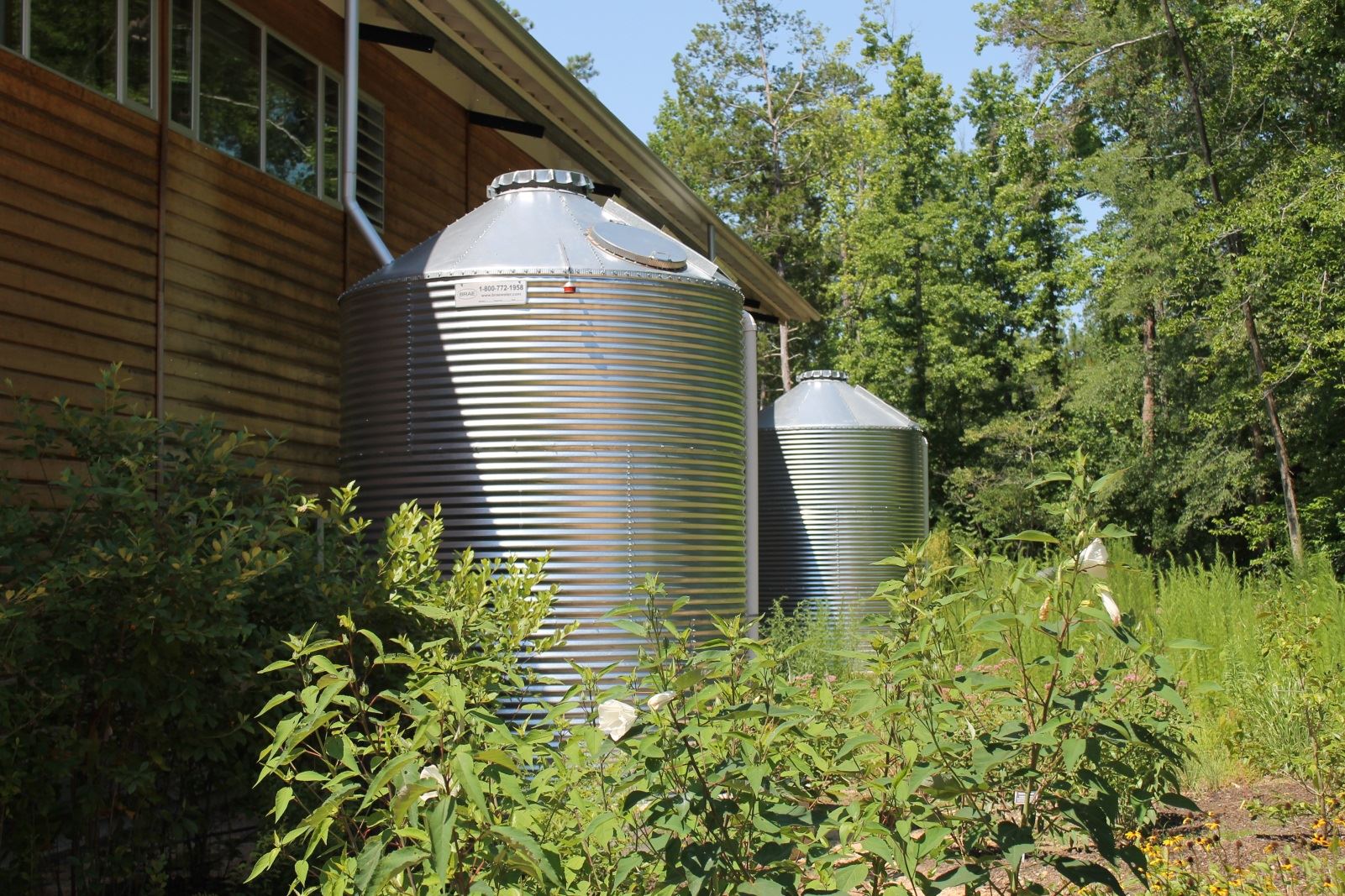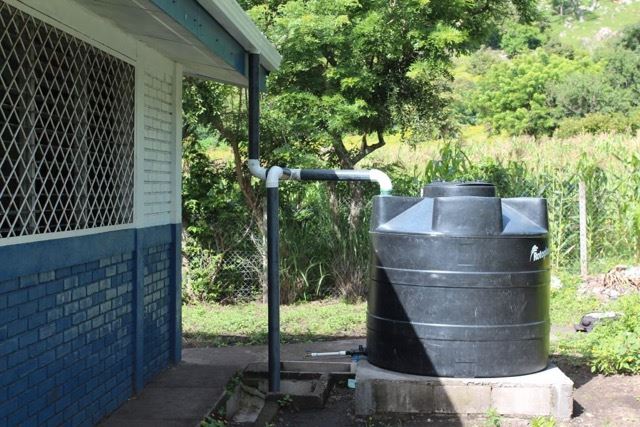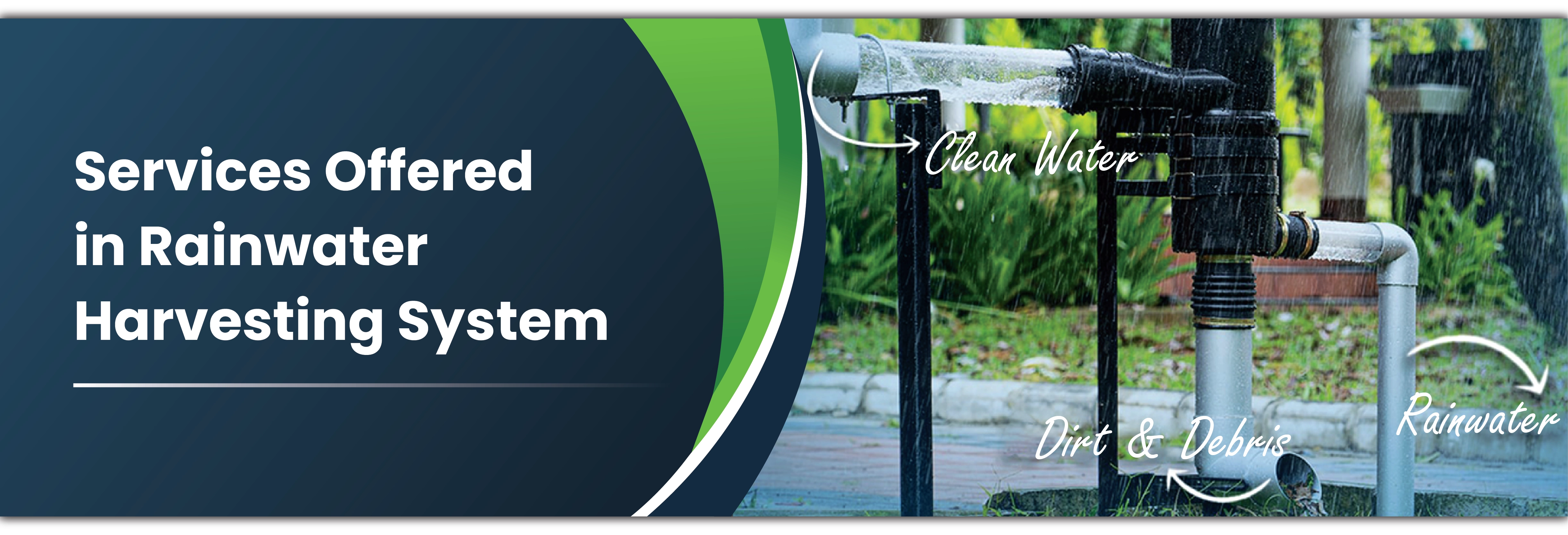Rainwater Harvesting System
Rainwater Harvesting is an intelligent idea and concept to collect the water during monsoon season so that the water scarcity of other seasons can be fulfilled. Rainwater harvesting is that process in which rainwater is preserved in tanks or diverted undergroundso that it can be used in various applications.Such stored rainwater can be used for agriculture and irrigation. Such harvested rainwater can reduce the overdependence on municipal water supply saving money as well as time.



Our Rainwater Harvesting Services
Process & Types of Rainwater Harvesting
- Direct-Pumped
-
Direct Pump - Submersible
The most common type of professional rainwater harvesting system, specifically for domestic premises, and is generally the easiest one to install. The pump is located within the underground tank and harvested water is simply pumped directly to other appliances. One precaution to be undertaken is when the tank tends to be in danger of running dry, in such case a small amount of mains water is fed to it in order to maintain supply. For bigger commercial projects, such systems tend to be with dual pump arrangements.
-
Direct-Pumped Suction
Suction pump differs from the submersible as in this system the pump is not placed inside the tank, but is located within a control unit within the house (e.g. utility room). The unit is also responsible for the backup from mains water supply, so that there is no need to send mains water down to the tank.
-
Direct Pump - Submersible
- Indirect Gravity
Indirect gravity system differs as the harvested water is first pumped to a higher-level tank (header tank), from where it is then allowed to supply the outlets by gravity alone. In this system, the pump only has to work when the header tank needs filling. Also, the mains water/direct water is fed directly to the header tank and not into the main harvesting tank.
- Indirect Pumped
The indirect pumped is similar to the indirect gravity system, except that the position of internal tank can be at any level in the premise, as it does not rely on gravity to supply the outlets. For supplying the outlets, a booster pump is used. The benefit of this system is that the mains back-up need not be fed to the underground tank. Also, there is a great flexibility as the booster pumps can be adjusted to suit the flow and pressure requirements of the premise.
Process of Rainwater Harvesting System
-
Catchments :
They are surface which receive the rainwater directly and provide them to the system -
Coarse Mesh :
at the roof to prevent the passage of debris. -
Gutters :
Channels all around the edge of a sloping roof to collect and transport rainwater to the storage tank. Gutters can be semi-circular or rectangular and could be made using locally available material such as plain galvanised iron sheet (20 to 22 gauge), folded to required shapes. -
Conduits :
They are the pipelines or drains that carry rainwater from the catchment or rooftop area to the harvesting system. -
Downspout Screen :
Protect the downspout from debris. -
Tank Screens :
Your tank will need a screen as additional protection from leaves and other debris. -
Firstflushing :
A first flush device is a valve that ensures that runoff from the first spell of rain is flushed out and does not enter the system. This needs to be done since the first spell of rain carries a relatively larger amount of pollutants from the air and catchment surface. -
Filters :
Filters remove contaminants before the water goes into the storage tank -
Pumps :
Help push water out of the storage tank.
RWH – FAQs
Q1. What is Rain Water Harvesting ( RWH )?
Ans. Rainwater harvesting is a technique for collecting, storing, and distributing rainwater for multiple uses. The collected water can be stored for direct use or diverted for borewell/groundwater recharge. It is a way to capture the rainwater when it rains, for later use.
Q2. What are the various types of RWH?
Ans. Rainwater harvesting can broadly be divided into 3 categories based on the types of usage, Storage or recharge: Depending on the application, structures can be used to either store collected water for direct use or to recharge groundwater.
Urban-rural difference: Urbanization has resulted in the reduction of open spaces and unpaved areas. This has resulted not only in city flooding, but also in water scarcity due to general groundwater depletion and saline water intrusion in coastal cities. While rural harvesting is mostly done in surface storage bodies such as rivers, tanks, ponds, and lakes, urban harvesting is mostly done in subsoil storage as groundwater recharge due to a lack of open space. Harvesting from roofs and driveways: The terrace immediately springs to mind when we think of rainwater collection. This significantly reduces the potential for rainwater gathering because a considerable portion of the water that falls around the built-up region is released as run-off from the structure. Driveway run-off water can certainly be routed into recharge wells rather than into a sump for immediate usage or a source well.
Q3. What are the Benefits of RWH System?
Ans
- It decrease soil erosion, stormwater runoff, flooding, and pollution of surface contamination from fertilizers, pesticides, metals, and other sediments.
- It is an excellent source of water for landscape irrigation because it contains no chemicals, dissolved salts, or minerals.
- Helps in reducing the water bill.
- Improves the quality and quantity of groundwater.
Q4. What are the basic components of a RWH and conservation system?
Ans
- Catchments
- Transportation
- First Flush
- Filter
Q5. Why should I implement RWH?
Ans. Rainwater harvesting helps to store rainwater so that it can be used when water is scarce. Because rain falling on the surface from rooftops evaporates quickly, we can use it either directly or to recharge groundwater.









